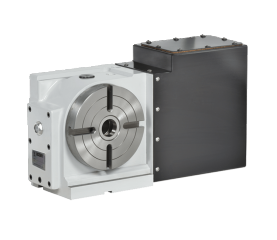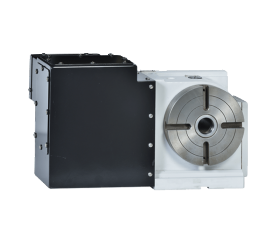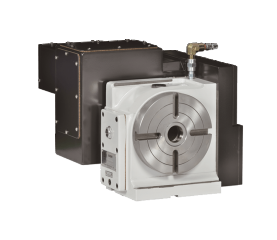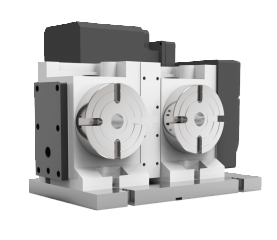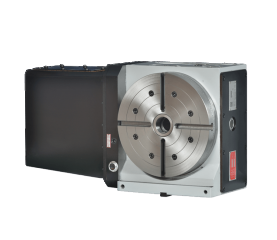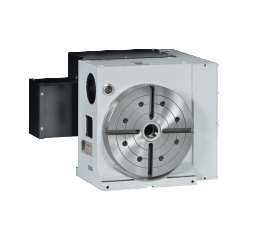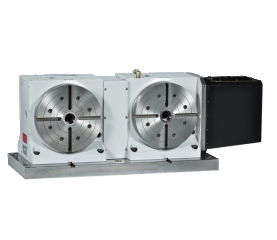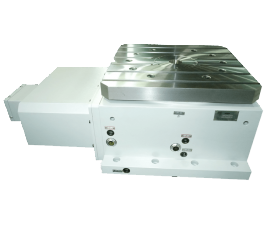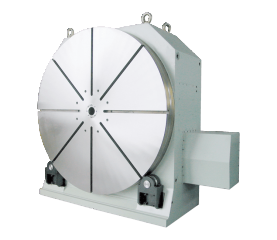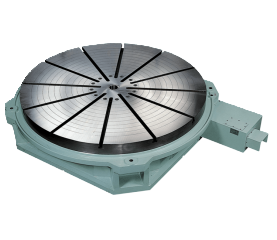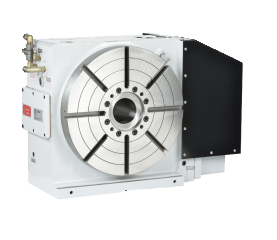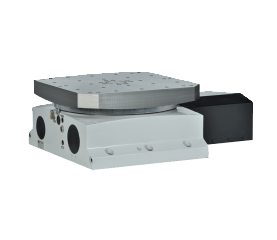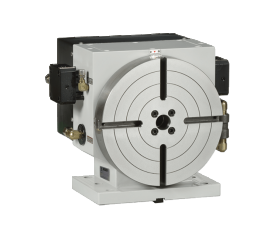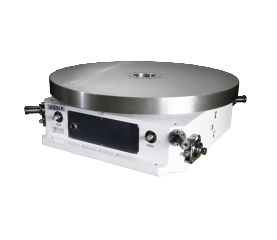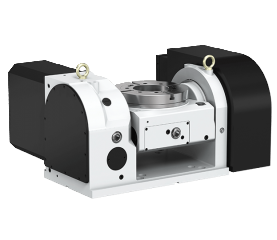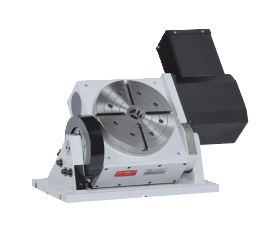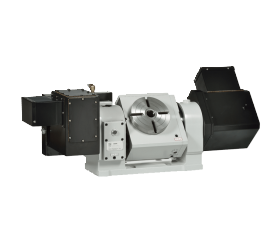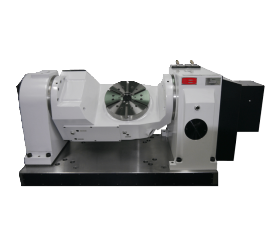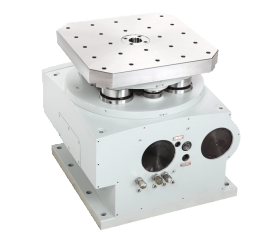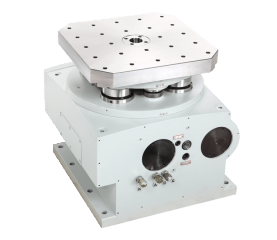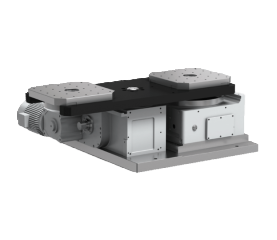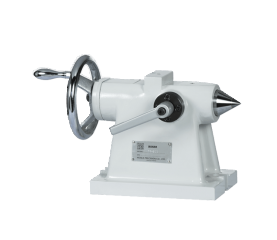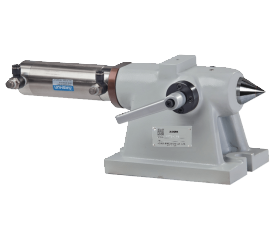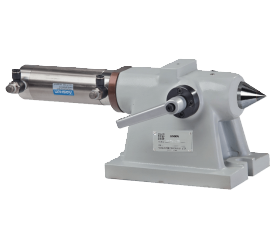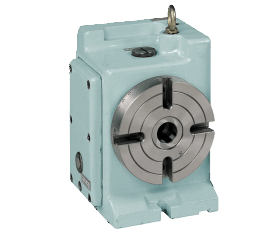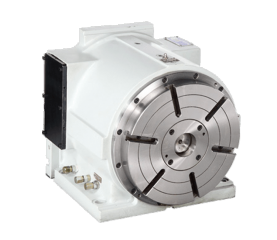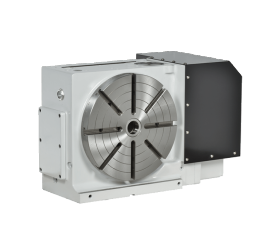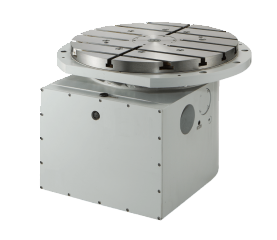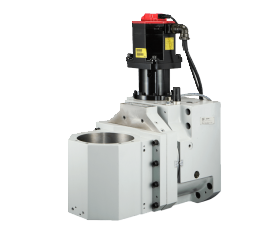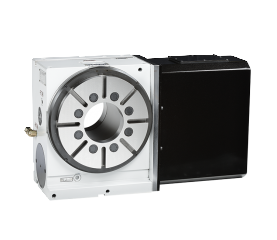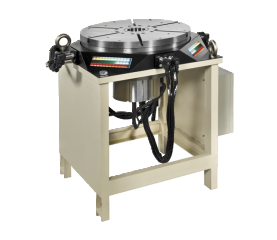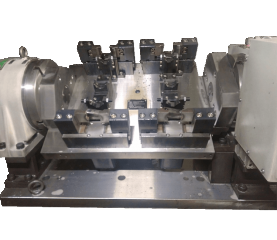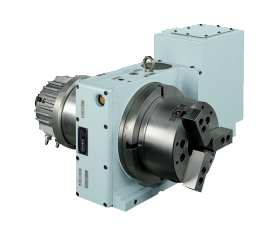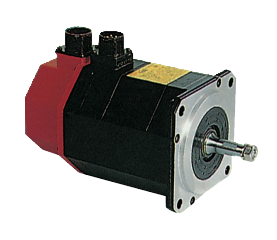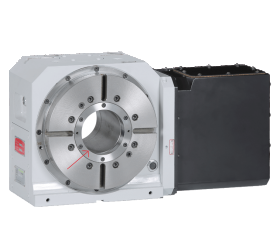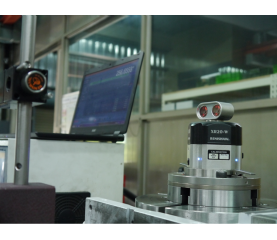Debunking the Myths: Pros and Cons of 5-axis Machining
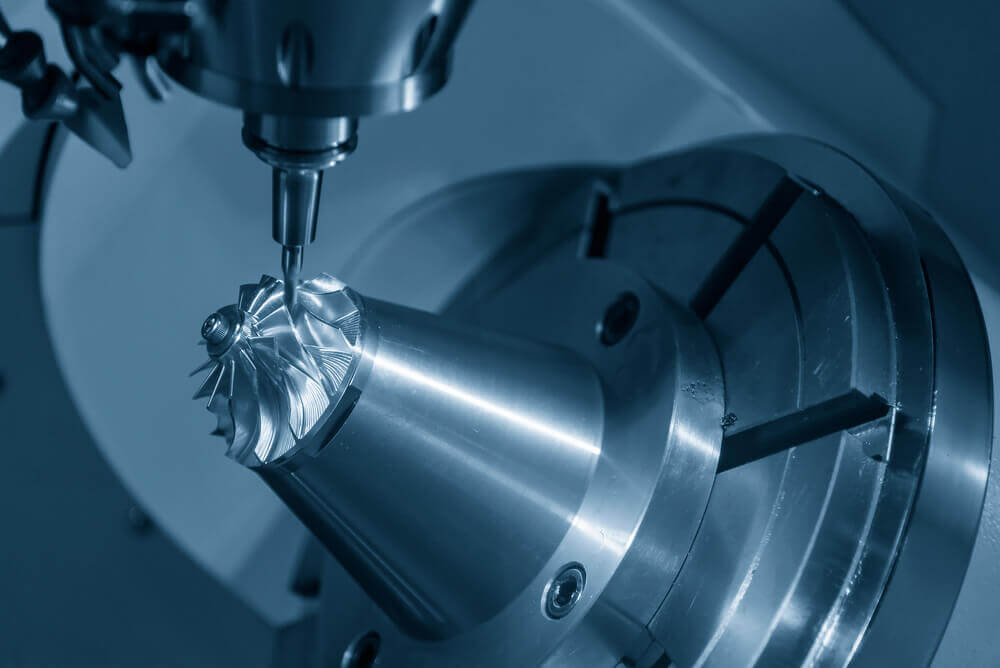
In today's rapidly evolving manufacturing landscape, precision and efficiency are paramount. This is where 5-axis machining shines as a game-changer. Offering unparalleled versatility and precision, 5-axis machining has revolutionized the way manufacturers fabricate complex parts across a multitude of industries. This advanced machining model is expected to become a cornerstone in modern manufacturing, enabling the production of intricate components that were once deemed challenging or even impossible to create. In this article, we will delve into the transformative capabilities that make 5-axis machinery an indispensable tool for achieving manufacturing excellence.
Unlocking Precision and Versatility: The Advantages of 5-axis Machining
5-axis machining has revolutionized the way manufacturers fabricate complex parts across a multitude of industries. Let’s take a look at the advantages 5-axis machining offers:
5-angle bevel process completed in one setup reduces clamping errors
5-axis machining adds two extra axes compared to 3-axis models. These two additional axes are utilized by a work material-holding table that can rotate 360 degrees around the cutting tool – this eliminates manual repositioning and facilitates side-cutting operations. Hence the bevel process of 5-axis machining can be completed in one setup, reducing clamping errors.
With increased manufacturing efficiency, 5-axis machining can be applied across various industries
It is evident that 5-axis machining is more efficient for complex part fabrication across various industries, including aerospace and medical fields. Here are the reasons why 5-axis machining can achieve higher efficiency:
- Time saving: Allow for the rapid creation of parts without the need for manual repositioning
- Consistent optimal cutting quality: Reduces the level of machinery deterioration
- Improved precision and customization: Minimal setup results in improved precision. The use of 5-axis machining also allows for the improvement of custom machining tolerance
- Higher productivity: Improves production efficiency and reduces turnaround time to boost productivity
- Higher quality surface finish: The additional two axes allow for higher quality surface finish
- Ability to create complex parts: Using all 5-axis can create parts that would otherwise be difficult to achieve with a 3-axis machine
Common Myths of 5-axis Machining
In the realm of machining, myths and misconceptions often cloud the understanding of 5-axis models. Common myths include:
- Cost is high: The new and higher level of technology makes upgrading to 5-axis machining an expensive one.
- Complex and difficult program: 5-axis machining system is relatively new. It is interpreted that the system is more complex and difficult.
- Higher technical requirements for operators: Due to the higher level of technology, operators are required to have additional and more complex training.
- Limited application: 5-axis machining is only for manufacturers that require ultimate precision.
It's time to shed light on the truth and debunk these common myths:
- 5-axis machining is too expensive: At first glance, the costs of upgrading to 5-axis machining can be intimidating, but the initial cost is outweighed by the savings that are generated once equipped.
- The software is too complex: The second myth is that 5-axis machining often has the reputation for its complexity. With the help of AI and IoT, the complexity of 5-axis machining software has been lowered.
- The need for skilled labor: With the use of AI, human intervention is dropped down to a minimum.
- Limited application: Contrary to popular belief, 5-axis machining is not exclusively reserved for aerospace giants or specialized defense equipment. 5-axis machining can also be applied for manufacturing intricate automotive parts, producing sophisticated electronic components and creating molds and dies.
The benefits of using 5-axis machining surpass the cons – it offers numerous benefits beyond traditional 3-axis machining, such as increased precision, shorter production times, and the ability to tackle complex manufacturing design with ease.
Transition into Full 5-axis Machining: the 3+2 Model
Upgrading to 5-axis machining requires meticulous planning and financial preparation. Therefore, even with all the benefits of 5-axis machining in mind, it is understandable that manufacturers look for alternatives during the transition period. If a manufacturer’s primary goal is to improve the positioning of relatively simpler parts to enhance access to their features, then opting for 3+2 machining could be a suitable choice.
[Link to blog post #4 Differences btw 3-axis & 5-axis Machining]
The 3+2 machining models offer transition for those who consider adopting full 5-axis machinery. 3+2 machining allows for shorter and more rigid cutting tools to be used that otherwise would not be compatible with a 3-axis machine. Using a shorter tool enables faster feeds and speeds with less machinery deflection. This results in good quality products with less production time.
While 3+2 machining cannot entirely replace full 5-axis machining, many manufacturers currently relying on 3-axis machining have discovered that 3+2 machining serves as an effective stepping stone towards acquiring complete 5-axis machining capabilities.
HOSEA’s Wide Selection of Machinery Allows Clients to Choose the Models That Best Suit Their Needs and Budget
With more than five decades of experience in CNC development and manufacturing, HOSEA stands out as a leader in manufacturing. We are the trailblazing supplier of rotary tables, holding the prestigious AS9100 aerospace-quality certification. Moreover, HOSEA is the largest provider of CNC 5-Axis rotary tables in Taiwan, exporting 300 units annually.
HOSEA provides an extensive range of machinery and solutions tailored to fulfill the part-processing requirements of any manufacturer. While HOSEA's CNC 5-axis tables have solidified our clients' leadership in industrial machining, our most extensive product line comprises our 3+2 machining models. HOSEA's 3+2 machining offers access to some of the advanced functionalities without the immediate financial commitment for full 5-axis machines.
HOSEA has improved the 3+2 rotary tables with the integration of AIoT. With the help of AI and IoT, the need for human-machine interaction has been reduced and additional services can be offered to ensure the machines run as smoothly as possible. What sets HOSEA apart is our commitment to precision, quality, and the implementation of AIoT solutions that empower our clients to achieve automation.
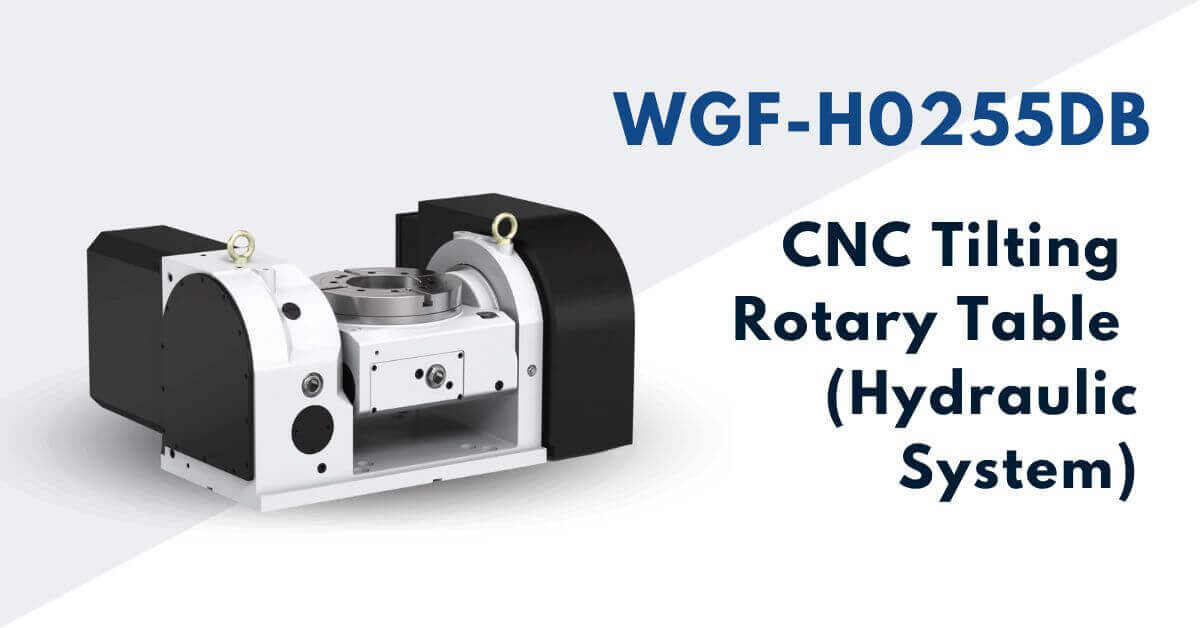
HOSEA’s Various Machinery Models Are Always Ready to Customize for Our Clients’ Need!
While the true potential of 5-axis machining in modern manufacturing has been revealed through today’s article, opting for 3+2 models is a good way of transitioning towards full 5-axis machining. HOSEA’s wide range of tools is ready to customize for our clients’ needs no matter which machinery model is more suitable for their production process. Contact us today to discuss which models best meet your needs and help you become more profitable!

